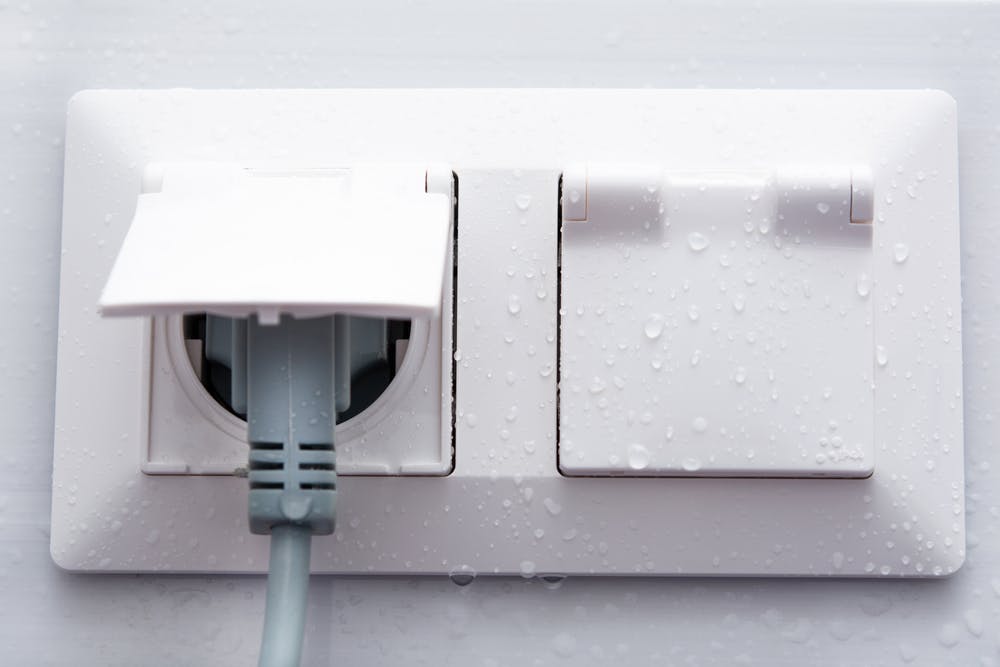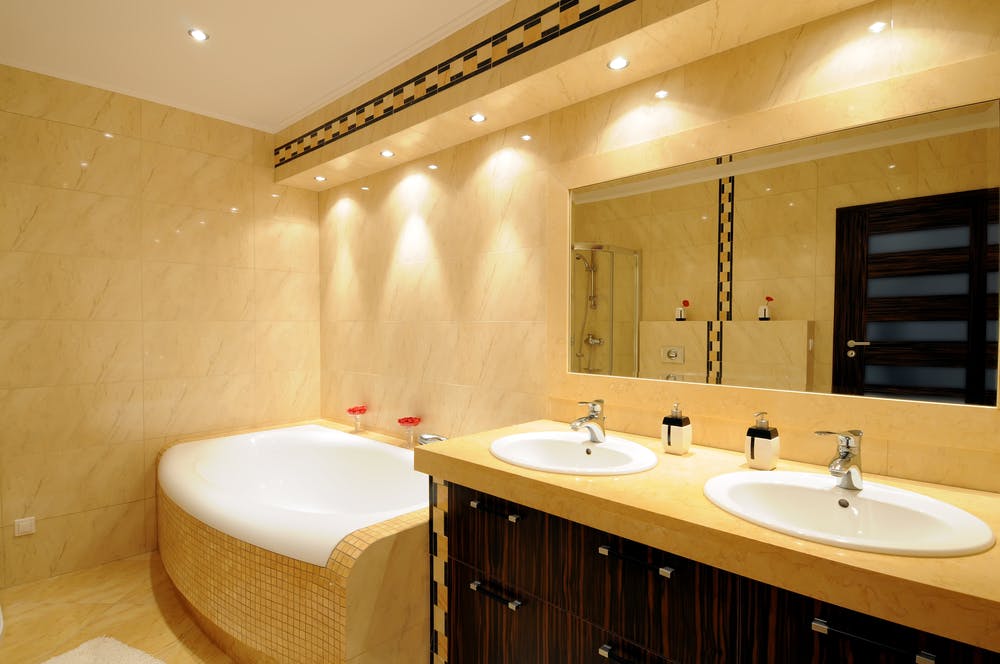27th August 2021
Most common IP Codes: Explained
We break down the most common IP Codes in the industry to make sure you know the level of Ingress Protection each product offers, and therefore which products are the most suitable for your next job.
IronmongeryDirect
27th August 2021
5 mins
What is an IP Code?
IP Codes (or Ingress Protection Codes) is a system published by the International Electrotechnical Commission (IEC) to classify and rate the level of protection against intrusion (contact with hands, fingers etc.) dirt, dust, accidental contact and water in products such as mechanical casings and enclosures.
How are IP Codes Numbered?
The numbers attributed to each IP Code is split between the first and second digit of the code. The first digit of the code represents the level of protection against solid particles and objects, while the second digit indicates the level of protection against liquids.
Example:
IP – Indication that the code is in fact an IP Code.
6 – Indication of complete solid particle and object protection
6 – Indication of level of liquid protection (in the case of 6 – protection against powerful water jets and heavy seas)
Complete IP Code: IP66
What Are The Most Common IP Codes?
We’ve had a look at a number of retailers across the industry, including The Enclosure Company¹, RS Components², as well as our own website, to come up with a list of the more common IP Codes and what they mean for different types of products.
Waterproof & Weatherproof IP Codes:
This group of IP Codes focuses more on the resistance to water and natural aggressors for products, you’ll find these codes most commonly on products designed for exterior use.
IP65 - This code holds a rating of complete protection against solid particles and objects and protection against a stream of water similar to that projected from a hose pipe.
IP66 – As previously mentioned, this code holds a rating of complete protection against solid particles and objects, while it’s water protection can withstand powerful water jets and heavy seas.
IP67 – This code holds a rating of complete protection against solid particles and objects, just like IP65 and 66, but unlike the previous codes, IP67 rated products are protected against submersion in water, pressure and time conditions permitting.
IP68 – The most durable of this category, the IP68 code holds the same level of protection from solid particles and objects as the previous three, but IP68 rated products can withstand complete submersion in water.

Lighting IP Codes:
This group of IP Codes is commonly used for lighting fixtures, unlike the waterproof and weatherproof codes, these codes apply to particular in specific zones of an interior setting and occasionally in outdoor situations.
IP44 – The IP44 code offers protection against solid objects larger than 1mm in diameter, as well as water spraying at any angle. IP44 rated products are restricted to what is known as Zone 2 areas in bathrooms, which is “an area stretching 0.6m outside the perimeter of a bath and to a height of 2.25m from the floor.”³. This is the preferred IP Code for exterior lighting, however if more liquid protection is needed, IP65 rated lighting products are also available.
IP20 – On the lower end of the protection scale, the IP20 code is define as touchproof and resistant to solid particles and objects over 12mm in size but offers no protection against water. With this in mind, it is highly recommended that IP20 rated products are reserved for interior use only.
IP54 – The IP54 is a solid middle ground in terms of lighting IP ratings, although IP54 rated products offer the same level of liquid ingress protection as the IP44 code, it does offer an increased level of solid particle and object protection, making products with this code more ideal for environments that are prone to dampness and airborne debris and particles such as warehouses.

What Do The Letters At The End Of IP Codes Mean?
In some cases, you will see IP Codes with additional letters at the end, and just like the rest of the code, these additional letters mean something.
D - Wire
F – Oil Resistant
H – High Voltage Apparatus
M – Device Is In Motion
S – Device Is Standing Still
W – Certain Weather Conditions
IP Codes are an essential way to let tradespeople know what each product they’re installing can handle in terms of solid and liquid ingress. Now you know the most common of these codes, choosing which product to install in each scenario will be easier than ever.
References:
https://uk.rs-online.com/web/generalDisplay.html?id=ideas-and-advice/ip-ratings
https://www.thelightingsuperstore.co.uk/bathroom-lighting-zones
